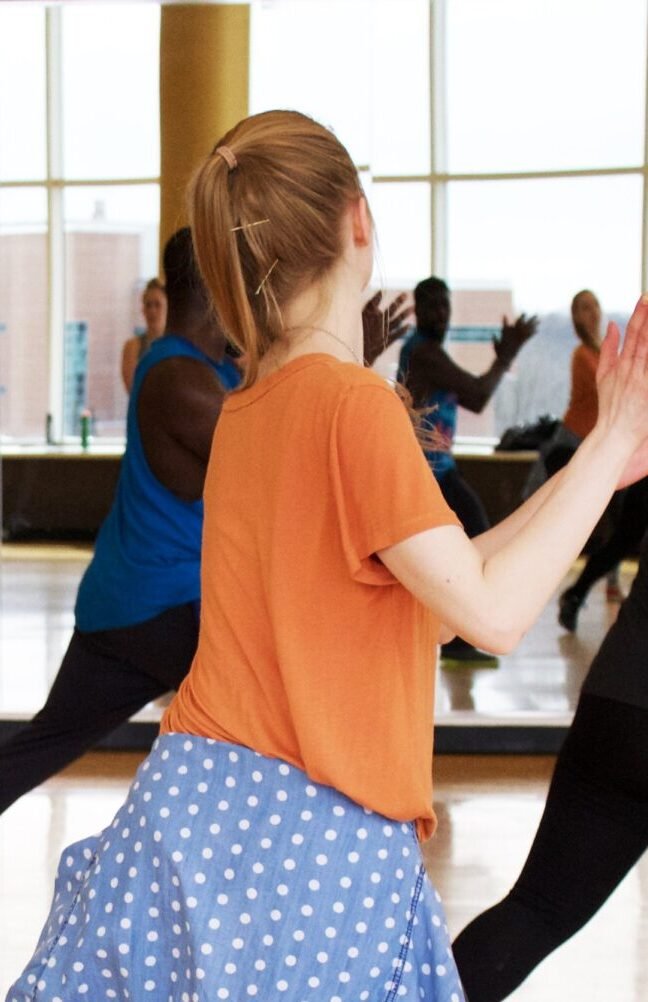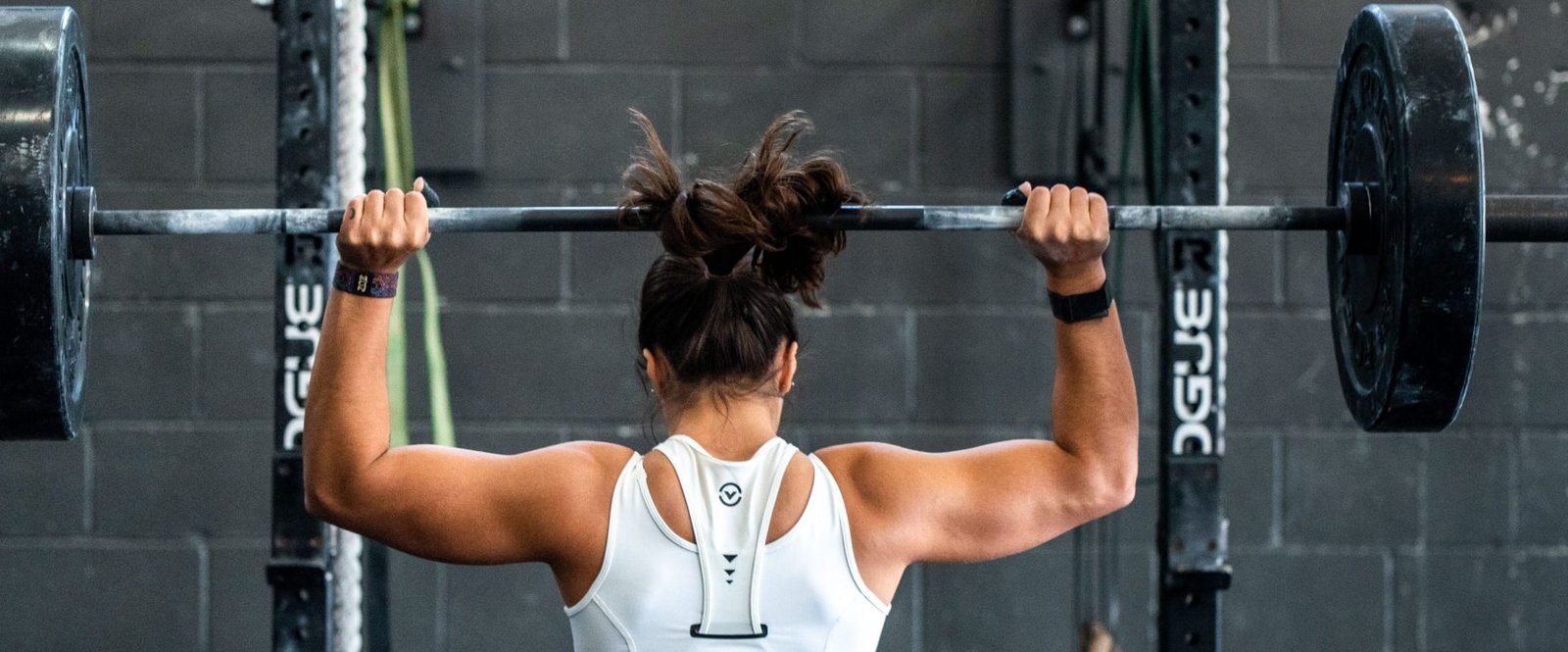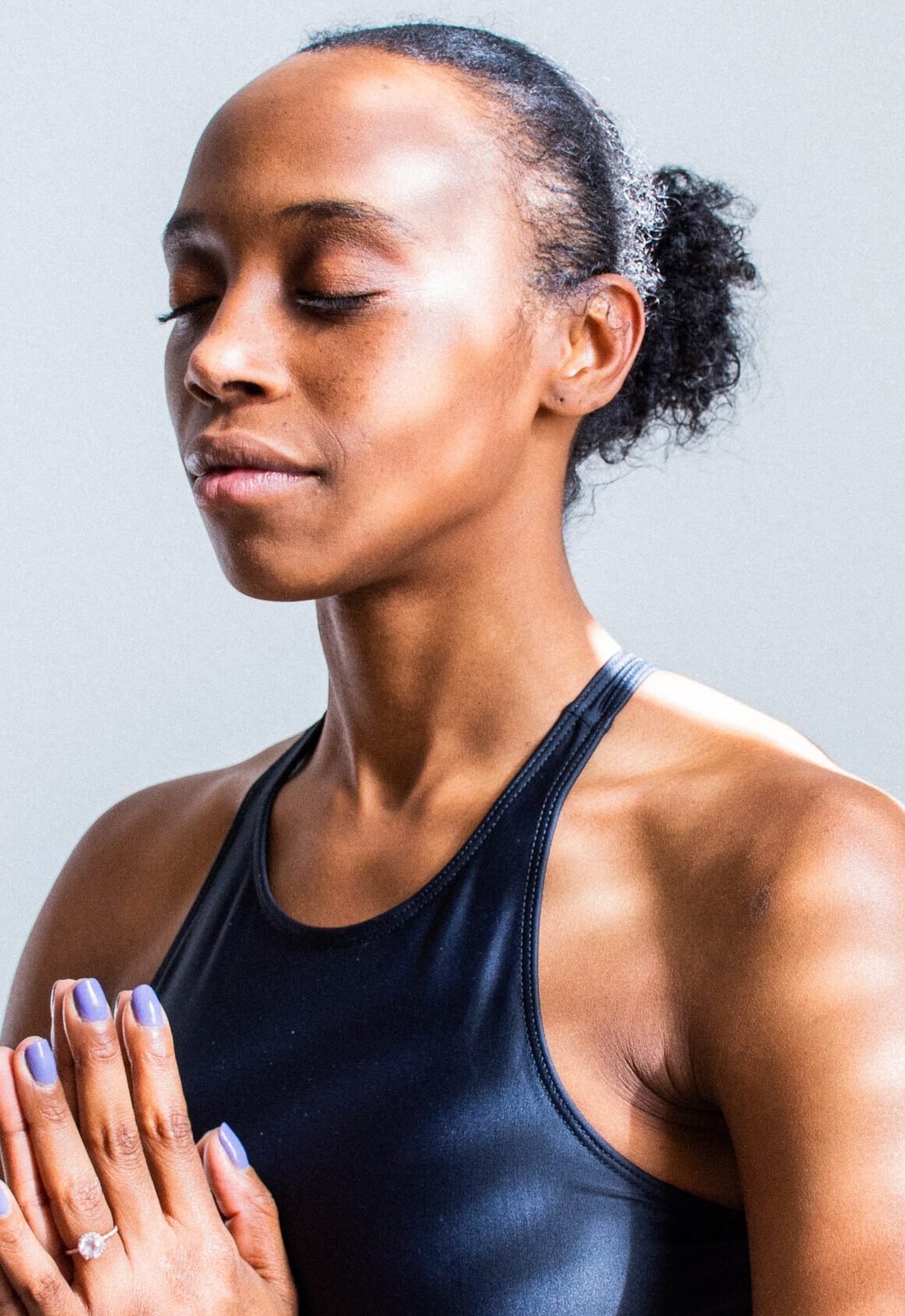
The Power of Visualization Exercises: A Guide to Progressive Muscle Visualization
Introduction
Visualization exercises are a powerful tool for improving mental and physical well-being. They involve using the imagination to create vivid mental images that promote relaxation, reduce stress, and enhance overall well-being. One popular form of visualization exercise is Progressive Muscle Visualization (PMV), which combines relaxation techniques with the visualization of muscle relaxation. In this article, we will explore what PMV is, its benefits, and how it can help with stress and insomnia.
What is Progressive Muscle Visualization?
Progressive Muscle Visualization (PMV) is a relaxation technique that involves systematically tensing and relaxing different muscle groups while simultaneously visualizing the process. By focusing on each muscle group and mentally picturing it relaxing, individuals can experience a deep sense of relaxation and release tension from their bodies. PMV is often used in combination with deep breathing exercises and guided imagery to enhance its effectiveness.
Script of PMV
To practice PMV, find a quiet and comfortable space where you can relax without distractions. Close your eyes and take a few deep breaths to center yourself. Begin by focusing on your toes, tensing the muscles in your feet and then slowly releasing the tension while visualizing the muscles becoming loose and relaxed. Move up through your body, repeating this process with each muscle group, including your legs, abdomen, chest, arms, shoulders, neck, and face. Take your time with each muscle group, allowing yourself to fully experience the relaxation and visualization.
Benefits of Progressive Muscle Visualization
1. Stress reduction: PMV can help reduce stress by promoting relaxation and releasing tension from the body. By visualizing the muscles relaxing, individuals can experience a sense of calmness and tranquility.
2. Muscle relaxation: PMV is particularly effective in promoting muscle relaxation. By systematically tensing and releasing each muscle group, individuals can improve their awareness of muscle tension and learn to let go of it.
3. Improved sleep: PMV can be beneficial for those struggling with insomnia. By practicing PMV before bedtime, individuals can relax their bodies and minds, making it easier to fall asleep and experience a more restful night’s sleep.
4. Increased self-awareness: Through the practice of PMV, individuals can develop a heightened sense of self-awareness. By paying attention to the sensations in each muscle group and visualizing their relaxation, individuals can become more attuned to their bodies and better able to recognize and manage tension and stress.
Progressive Visualization for Stress and Insomnia
Progressive visualization exercises can be particularly helpful for managing stress and insomnia. By combining PMV with specific visualizations, individuals can enhance the relaxation response and promote a sense of calmness.
For stress relief, consider visualizing a peaceful and serene setting, such as a beach or a forest. Imagine yourself in this tranquil environment, feeling the warmth of the sun, hearing the gentle sounds of nature, and experiencing a deep sense of relaxation.
For insomnia, focus on visualizing a comfortable and cozy bedroom. Picture yourself lying in bed, surrounded by soft pillows and blankets. Imagine the feeling of sinking into the mattress and the sensation of your body becoming heavier and more relaxed with each breath.
Conclusion
Progressive Muscle Visualization is a valuable tool for promoting relaxation, reducing stress, and improving overall well-being. By combining muscle relaxation techniques with visualizations, individuals can experience a deep sense of calmness and release tension from their bodies. Whether used for stress relief, insomnia management, or simply to enhance self-awareness, PMV can be a beneficial practice for anyone seeking to improve their mental and physical well-being.
Learn More
Biofeedback Exercise: Understanding Progressive Muscle Biofeedback
What is Biofeedback Exercise?
Biofeedback exercise is a technique that helps individuals become more aware of their physiological processes and learn to control them. It involves using electronic devices to measure and provide feedback about various bodily functions, such as heart rate, muscle tension, and skin temperature. By receiving real-time information about these functions, individuals can learn to regulate and improve their overall well-being.
What is Progressive Muscle Biofeedback?
Progressive Muscle Biofeedback (PMR) is a specific type of biofeedback exercise that focuses on muscle tension and relaxation. It was developed by Edmund Jacobson, a physician and psychologist, in the early 20th century. PMR involves systematically tensing and then relaxing different muscle groups in the body, with the goal of achieving deep relaxation and reducing overall muscle tension.
The Script of PMR
Here is a simple script to guide you through a Progressive Muscle Biofeedback exercise:
- Find a quiet and comfortable space where you can relax without distractions.
- Lie down or sit in a comfortable position, with your eyes closed.
- Begin by taking a few deep breaths, inhaling slowly through your nose and exhaling through your mouth.
- Focus your attention on your toes. Squeeze them tightly for a few seconds, then release and let them relax completely.
- Continue moving up your body, tensing and releasing each muscle group, including your feet, calves, thighs, buttocks, abdomen, chest, arms, hands, neck, and face.
- As you tense each muscle group, pay attention to the sensations of tension and then the sensations of relaxation as you release the tension.
- Take your time with each muscle group, allowing yourself to fully experience the contrast between tension and relaxation.
- Once you have completed the entire body, take a few moments to simply relax and enjoy the sensation of deep relaxation.
- When you are ready, slowly open your eyes and gently bring your attention back to the present moment.
Benefits of Progressive Muscle Biofeedback Exercise
Progressive Muscle Biofeedback exercise offers several benefits for both physical and mental well-being:
- Reduces muscle tension and promotes relaxation throughout the body.
- Improves blood circulation and reduces blood pressure.
- Enhances body awareness and helps individuals recognize and release chronic muscle tension.
- Reduces symptoms of anxiety, stress, and insomnia.
- Helps manage chronic pain conditions, such as tension headaches and fibromyalgia.
- Improves sleep quality and promotes a sense of calm and well-being.
Progressive Biofeedback for Stress and Insomnia
Progressive Muscle Biofeedback exercise is particularly effective for reducing stress and improving sleep quality. By consciously tensing and relaxing each muscle group, individuals release built-up tension and promote relaxation throughout the body. This technique is especially beneficial for those struggling with insomnia, as it helps calm the mind and prepare the body for restful sleep.
Conclusion
Biofeedback exercise, specifically Progressive Muscle Biofeedback, offers a valuable tool for promoting relaxation, reducing muscle tension, and improving overall well-being. By incorporating PMR into your routine, you can experience the numerous benefits it provides, including stress reduction, better sleep, and enhanced body awareness. Take some time to practice this technique regularly and enjoy the positive impact it can have on your physical and mental health.
Learn More
Understanding Progressive Muscle Meditation Exercise and Its Benefits
What is Meditation Exercise?
Meditation exercise is a practice that involves training the mind to focus and redirect thoughts. It is often used to promote relaxation, reduce stress, and enhance overall well-being. There are various forms of meditation, each with its own techniques and benefits.
What is Progressive Muscle Meditation?
Progressive Muscle Meditation (PMR) is a specific type of meditation exercise that focuses on relaxing the body and mind through systematic muscle relaxation. It was developed by physician Edmund Jacobson in the early 20th century and has since gained popularity for its effectiveness in reducing stress and promoting better sleep.
Script of PMR
Progressive Muscle Meditation involves tensing and relaxing different muscle groups in a specific sequence. Here is a simple script to guide you through the process:
- Find a quiet and comfortable space where you can sit or lie down.
- Close your eyes and take a few deep breaths to relax.
- Start by focusing on your feet. Slowly tense the muscles in your feet, hold for a few seconds, and then release the tension, allowing the muscles to relax completely.
- Move your attention up to your calves. Repeat the process of tensing and relaxing the muscles in your calves.
- Continue this pattern, moving through each muscle group in your body, including your thighs, buttocks, abdomen, chest, back, shoulders, arms, hands, neck, and face.
- As you progress, pay attention to the sensations of tension and relaxation in each muscle group.
- Take your time and repeat the process as many times as you need to fully relax your body and mind.
Benefits of Progressive Muscle Meditation
Progressive Muscle Meditation offers numerous benefits for both physical and mental well-being. Some of the key benefits include:
1. Stress Reduction:
PMR helps release physical and mental tension, reducing stress levels and promoting a sense of calmness and relaxation.
2. Improved Sleep:
By relaxing the body and mind, PMR can help improve sleep quality, making it an effective technique for those struggling with insomnia or sleep disorders.
3. Muscle Relaxation:
Regular practice of PMR can help relieve muscle tension and promote overall muscle relaxation, reducing the risk of muscle-related pain and discomfort.
4. Enhanced Mind-Body Connection:
Progressive Muscle Meditation allows individuals to develop a deeper awareness of their body and the connection between physical sensations and mental states.
5. Anxiety and Depression Management:
Studies have shown that PMR can be effective in reducing symptoms of anxiety and depression, providing individuals with a tool to manage their mental health.
Progressive Relaxation for Stress and Insomnia
Progressive Muscle Meditation is particularly beneficial for managing stress and insomnia. By systematically relaxing the muscles, it helps release physical and mental tension, allowing the body and mind to unwind and prepare for restful sleep. The sequential nature of PMR also helps divert attention away from racing thoughts and promotes a sense of calmness.
Conclusion
Progressive Muscle Meditation is a powerful technique for promoting relaxation, reducing stress, and improving sleep. By systematically relaxing the muscles, it allows individuals to release tension and achieve a state of deep relaxation. With regular practice, PMR can become a valuable tool for managing anxiety, depression, and overall well-being.
Learn More
